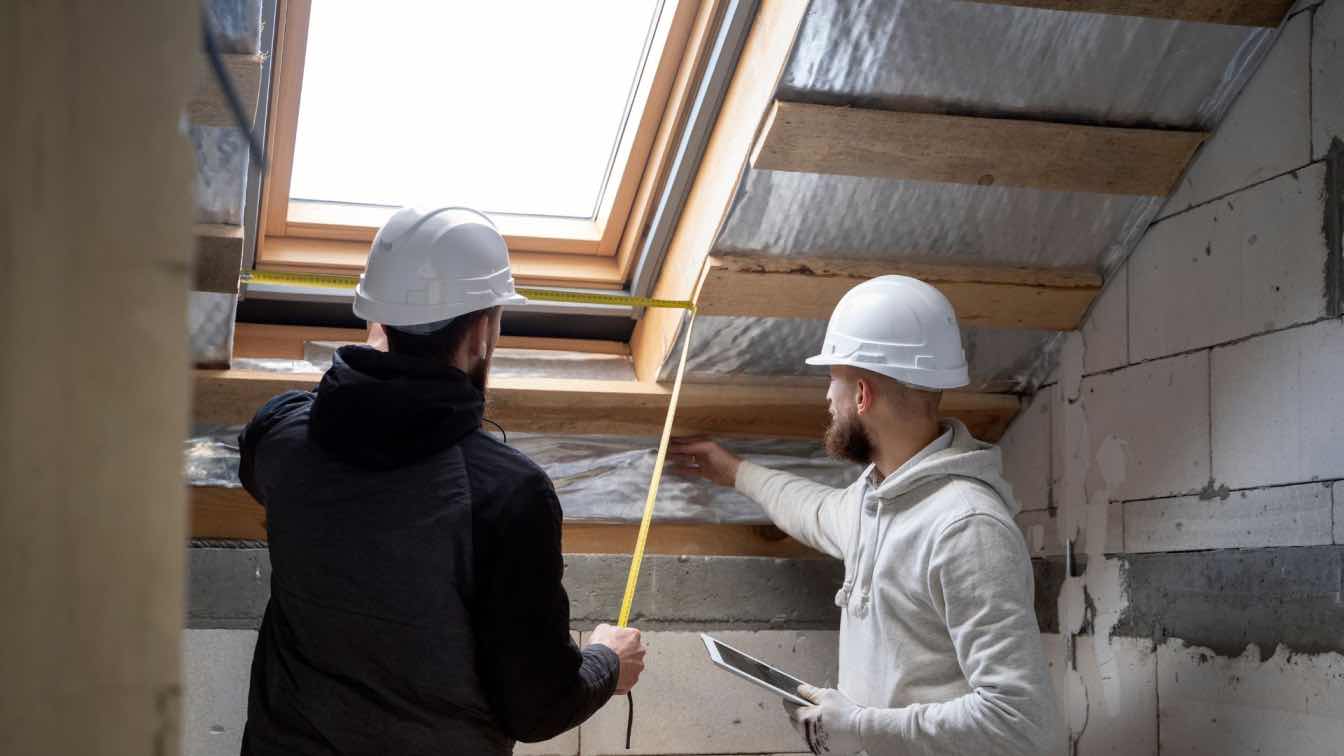As homeowners, we strive to create a comfortable and energy-efficient living space. One crucial aspect of achieving this goal is proper home insulation and ventilation. In this blog post, we will explore the importance of insulation and ventilation, as well as provide valuable tips for homeowners to follow.
Understanding Home Insulation
Before diving into insulation tips, let's first understand the basics. Insulation acts as a barrier to heat flow, keeping your home warm in winter and cool in summer. There are several types of insulation materials commonly used:
1. Fiberglass insulation: Made from fine glass fibers, it is one of the most popular and affordable options. Fiberglass insulation comes in rolls or batts and can be easily installed.
2. Cellulose insulation: This type of insulation is made from recycled paper products and is often blown into walls and attics. It provides excellent soundproofing and thermal resistance.
3. Spray foam insulation: This modern insulation option expands when applied and forms an airtight barrier. It is ideal for sealing gaps and irregular spaces.
Insulation should be installed in key areas of your home, including the attic, walls, and floors. Energy consultants at Aeon Energy Solutions advise that proper installation plays a crucial role in its effectiveness. It is important to ensure that there are no gaps or deficiencies that could compromise its energy-saving capabilities. By working with insulation professionals, homeowners can gain expert advice on selecting the right insulation materials, identifying areas for improvement, and implementing effective insulation strategies for their homes.
Tips for Proper Home Insulation
Now, let's dive into some practical tips to help you achieve optimum insulation in your home:
1. Assessing insulation needs
Start by conducting an energy audit of your home. This will help you identify areas with insulation gaps or deficiencies. Look for drafts around windows and doors, as well as cold spots in rooms. You can also hire a professional to perform a more comprehensive assessment.
2. Choosing the right insulation material
Consider factors such as the R-value, which measures thermal resistance. The higher the R-value, the better the insulation's performance. Additionally, evaluate the insulation's moisture resistance and fire safety properties to ensure long-term effectiveness and safety.
3. DIY vs professional insulation installation
While some homeowners may opt for a do-it-yourself approach, it is important to weigh the pros and cons. DIY installation can save money, but it requires proper knowledge and safety precautions. For larger projects or when dealing with complex areas, it is advisable to seek professional assistance.
4. Maintaining insulation effectiveness
Regularly inspect your insulation to ensure it remains in optimal condition. Look for signs of damage, wear, or moisture intrusion. Promptly address any issues by replacing damaged insulation or sealing gaps to maintain energy efficiency and comfort.
Understanding Home Ventilation
Proper ventilation is equally important in maintaining a healthy and comfortable living environment. Ventilation helps remove stale air, control humidity levels, and eliminate indoor pollutants. There are two types of ventilation systems commonly used:
1. Natural ventilation: This relies on natural airflow through windows, doors, and vents. It is the most cost-effective option and works well in moderate climates.
2. Mechanical ventilation: This type of system uses fans and ducts to circulate air throughout the home. It provides greater control over air movement and is ideal for tightly sealed homes.
Ventilation is especially crucial in areas like kitchens, bathrooms, and basements, where excess moisture and odors can accumulate if not properly ventilated. Without adequate ventilation, mold, mildew, and poor indoor air quality can become a problem.
Tips for Proper Home Ventilation
Here are some tips to help you achieve effective home ventilation:
1. Choosing the right ventilation system
Consider the size and capacity of the ventilation system to ensure it can effectively circulate air in your home. Look for energy-efficient options that will help reduce utility costs. It is also important to consult with professionals to determine the best system for your specific needs.
2. Ventilation maintenance
Regularly clean and replace filters in mechanical ventilation systems to ensure they operate efficiently. Inspect ductwork for any damage or blockages that may hinder air circulation. Proper maintenance will prolong the life of your ventilation system and maintain good indoor air quality.
3. Additional ventilation strategies
In addition to your main ventilation system, consider using ceiling fans to enhance air circulation. Opening windows periodically to let in fresh air can also be beneficial, especially during mild weather conditions.
Proper home insulation and ventilation are essential for a comfortable and energy-efficient living environment. By following these tips, homeowners can achieve optimal insulation and ventilation, resulting in lower energy bills, improved indoor comfort, and a healthier living space. Remember to conduct regular inspections, seek professional assistance when needed, and prioritize maintenance for long-lasting effectiveness.





